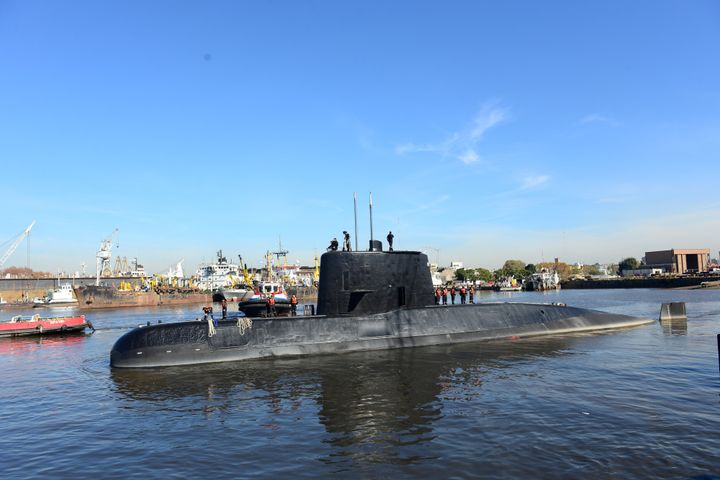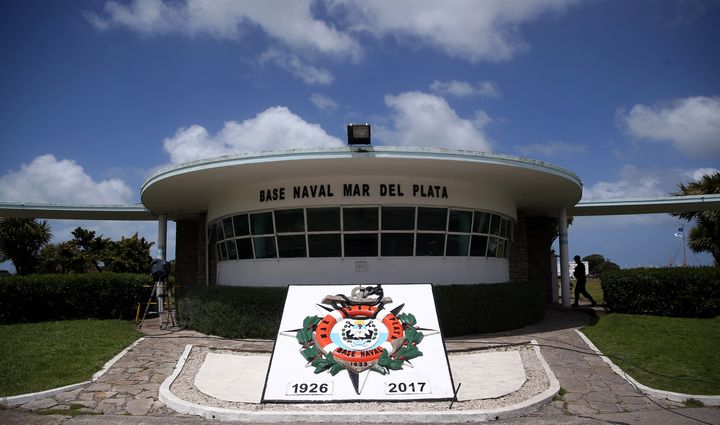The search for a missing Argentine submarine and its 44-member crew is growing ever more tense amid fears the vessel is running low on oxygen.
While calmer seas have aided the hunt, there have been few clues about its location, a navy spokesman said.
On Wednesday morning there were unconfirmed reports that the US Navy had detected a heat signature corresponding to a metallic object such as a submarine some 300km off the coast of Puerto Madryn. While the development is positive, it is not enough evidence to determine if the detected object is the missing submarine.

Argentinian national newspaper Clarin cites sources who claim fleets had been sent to investigate at “full speed”, but the news has not yet been corroborated officially.
The ARA San Juan was en route from Ushuaia, the world’s southernmost city, to its base in Mar del Plata and was about 480km off the coast when it gave its last location on Wednesday, soon after reporting an electrical malfunction.
If the German-built submarine had sunk or was otherwise unable to rise to the surface since it sent its last signal, it would be winding down its seven-day oxygen supply.
“Oxygen is a permanent worry. Every day that passes is more critical,” naval commander Gabriel Galeazzi said at an evening news conference in Mar del Plata.

More than a dozen boats and planes from Argentina, the United States, Britain, Chile and Brazil have joined the search. Authorities had been mainly scanning from the sky as storms halted the maritime hunt last weekend.
The weather improved on Tuesday, helping search efforts by sea. Wind speed slowed and waves that rose as high as 8m at the weekend diminished.
“The search by patrol ships has become more effective thanks more than anything to less pounding by the waves, which have fallen to three or four meters,” navy spokesman Enrique Balbi told reporters in Buenos Aires.
“We have to make the most of today and tomorrow because on Thursday the weather is expected to get more complicated,” he said.
Also on Tuesday, authorities investigated white flares spotted in the South Atlantic overnight. Searchers found an empty floating raft, and noticed the flares from a distance. But the raft’s brand suggested it did not belong to the ARA San Juan, which was equipped with only red flares for emergencies and green flares for other situations, the navy said.
Searchers have suffered other disappointments. Analysis of satellite signals and sounds detected by underwater probes, initially thought to be messages from the crew, has found they did not come from the vessel.
“The sounds could be biological. We have discarded the possibility that it was a clanging of morse code against the hull of the submarine,” Balbi said.
Relatives of crew members have been gathered at a naval base in Mar del Plata, where the search is being coordinated.
The ARA San Juan was launched in 1983, the newest of three submarines in the navy’s fleet, and underwent maintenance in 2008 in Argentina. Its four diesel engines and its electric propeller engines were replaced, according to specialist publication Jane’s Sentinel.
